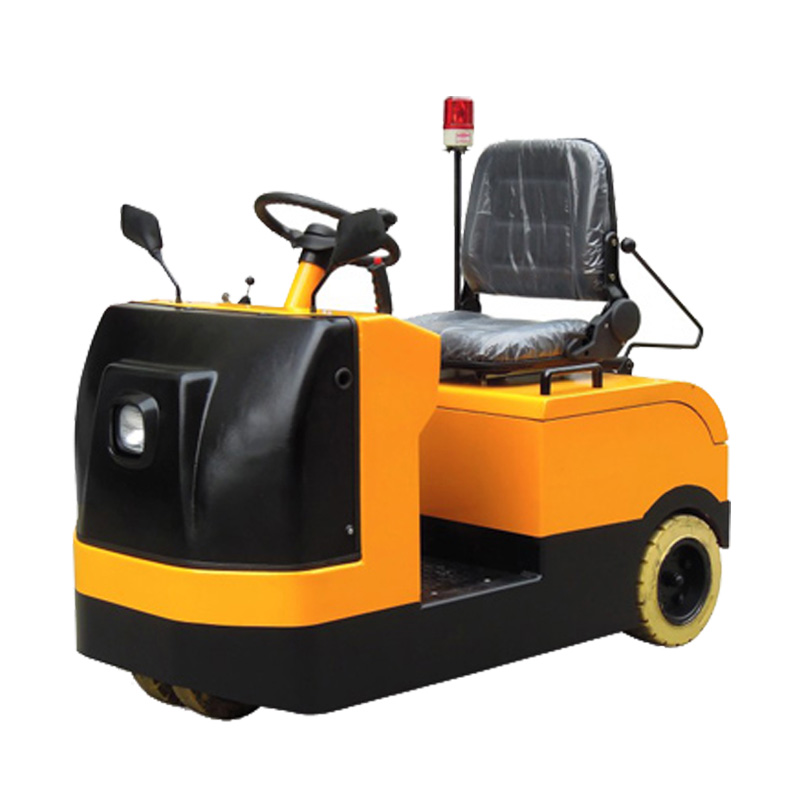Pallets of finished product collapse for plenty of reasons. It is easiest to blame the material handler when Pallets of finished product collapse, but there are other reasons that need to be considered when seeking to reach the route cause.
Some key reasons pallet collapses can happen even when the contents are stacked with care by the best material handler are summed up in the following questions:
– The climate in the warehouse affects everything inside it. This is especially critical in humid climates when product containers are made of cardboard. It used to be that measuring humidity was an activity just for laboratories, but it affects and cardboard container in any setting. Just a small amount of moisture, absorbed into the cardboard can weaken the walls of the boxes enough for them to cave in.
– How does the product react to the climate? This question isn’t just for beverage products. It is necessary to determine if any other container that has liquid in it may react to the humidity and temperature and sweat. The humidity created from the containers can cause trouble when the airborne humidity in the warehouse might still be at levels determined to be acceptable.
– What about the containers themselves? This is especially critical when you’re not using cardboard boxes. The strength of the containers themselves must be determined to be adequate. Plastics bottles are a great example, especially with pressure to reduce the amount used in each one-they may have enough plastic by volume but the plastic may not be distributed correctly throughout the bottle when it is blown from the preform.

The same issues will affect your products in transit. The amount of time spent inside trucks will determine its fate. All of the issues of climate and container quality are just as applicable once the products leave your facility.
The Issue Can Still Be The Handling
Improper stacking can still be the culprit, and if you employ poorly-trained forklift operators, you will have issues no matter how good your warehouse climate or packaging is. Things to be considered include:
– How tight the rows are when you are multi-stacking without using racks.
– How fast operators are allowed to move and stack pallets.
– How different pallets of products need to be handled.
How Should You Address These Standards For material Handling
– Test the new operator yourself, even if he or she has passed prior tests with a temp agency or another company. Lots of people who crashed cars passed driver’s Ed. With no problem. You can’t be too careful.
– Set clear standards for speed as well as accuracy. Pallets of finished product collapse because skilled operators move too fast when stacking them. Rows have to be tight when you are double and triple stacking.
– Set realistic standards for time completion. Your operators are under pressure to help you meet your goals. Their KPIs for loading and shipping are your KPIs as well. Quantity must not compromise quality. It’s a lot harder to project costs of unnecessary errors.







